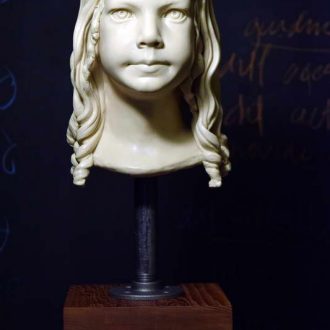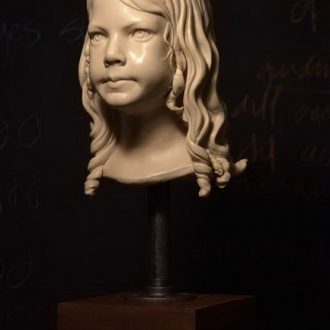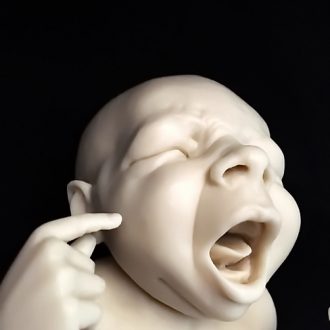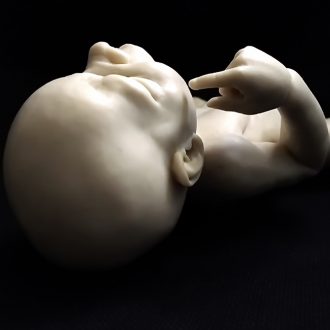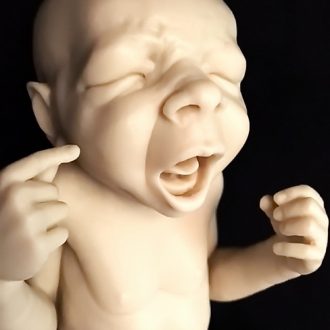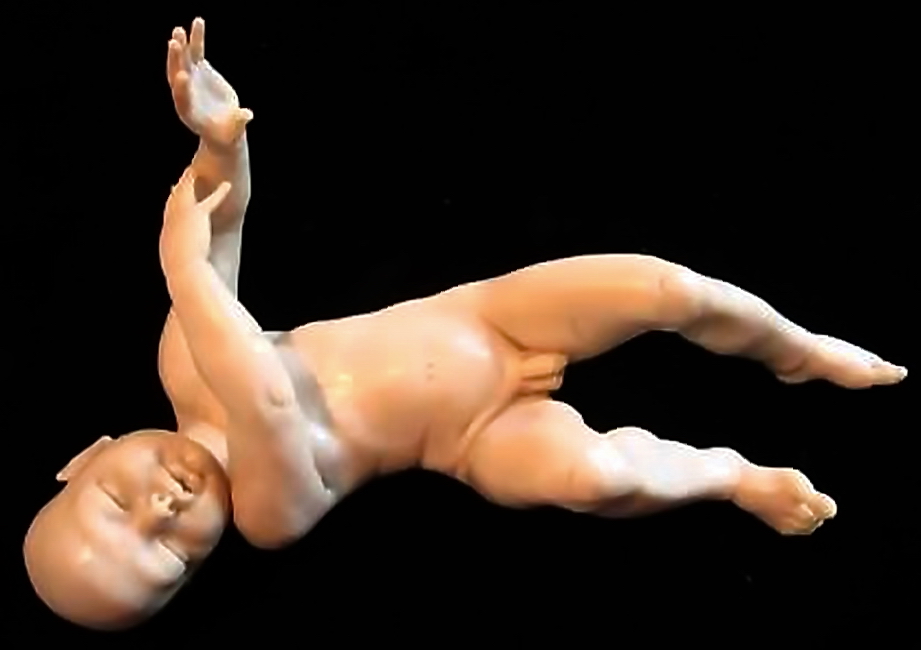
Composition In Wax
Media: Wax
Date: 2015
Location: Calgary
Note: Compositions is wax can be replicated. Please contact the artists for more information about acquiring wax artwork.
The tradition of modelling in wax can be traced to back to ancient Egypt. Wax figures of deities for votive offerings and religious ceremonies were also an important aspect of the life of ancient Greeks and Romans. Modelling in wax took a position of high importance in the Italian Renaissance and it was practiced by some of the greatest of the early masters.
In the 16th century, the first group of European friars arrived in Mexico, with the mission of converting the indigenous population into Christianity. The representation of biblical scenes was a common practice used as allegorical material to educate and convert the population. This practice became a tradition and is still deeply rooted in the State of Guanajuato, Mexico.
During the 17th century, polychromatic wax reliefs became very popular in Spain and Italy. During this time, anatomical wax models made for the medical field became a sensation. The largest and best-known wax anatomical works began as the personal collection of the Medici family. This collection can be seen in La Specola, the oldest public museum in Europe, held within the Museum of Natural History in Florence.
The traditional use of wax has continued to this day. Incipio Modo has explored this ancient material as a medium for our work. We have used this technique for portraits and in our contemporary work.
